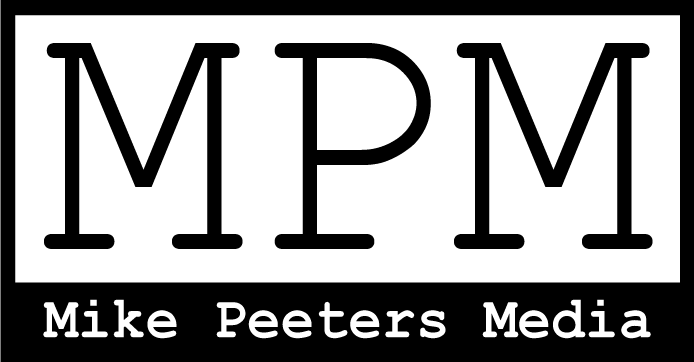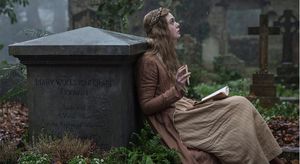Mary Shelley highlights plight of women in Victorian England
A literary biopic that fires the senses, ‘Mary Shelley’ tells the sometimes-tragic tale of Mary Woolstonecraft-Shelley, who wrote the famed horror story Frankenstein.
Set in the early 19th century, the film begins in London with a 16-year-old Mary Woolstonecraft, (beautifully played by Elle Fanning), struggling to cope with a mean and unforgiving stepmother (Joanne Froggatt), who strongly disapproves of her writing.
Unfortunately for Mary, her father, the novelist, philosopher and bookseller William Godwin (Stephen Dillane), remarried after Mary’s mother had died in childbirth, and the new stepmother makes no bones about her disdain for Mary.
Fortunately, Mary’s father William is very positive about her writing -encouraging her at every turn.
But at the same time, his wife dominates him and life at home soon becomes intolerable for the outspoken and opinionated Mary.
Enter the romantic poet Percy Bysshe Shelley (Douglas Booth), who at first glance appears to be the answer to Mary’s problems.
He is young, dashing, and most importantly, a literary aficionado, and it is not long before Mary becomes totally infatuated with him.
Unfortunately there is a downside, with Percy already having a ‘chequered past’ when it comes to the ladies.
Here begins a slippery slide to oblivion as Shelley and Mary, along with Mary’s extrovert stepsister Claire (Bel Powley), escape to a hovel in St Pancras where they can at least live life on their own terms.
However, with only a meagre income, Shelley’s family eventually cuts him off from his allowance and the future looks dire.
All seems lost until Claire strikes up a relationship (of sorts) with another famous poet of the era, Lord Byron, (played with great panache by Tom Sturridge), who invites the three of them to visit him at his chateau in Geneva.
The plot thickens as the four of them, along with Byron’s physician John Polidori (Ben Hardy), engage in a variety of parlour games, one of which proves to be the inspiration for Mary to write the legendary horror story Frankenstein.
While not necessarily a complete biography of the author, the film Mary Shelley does highlight the lengths Mary had to go to in order to both write and publish her novel in Victorian England.
While most accepted writers of the time were men, it was only Mary’s indomitable spirit, and the assistance of one of the country’s most famous poets (her husband Shelley), that enabled her to get the book published and read by an appreciative public.
The film, directed by Haifaa Al-Mansour, is never dull, and the costumes, sets and scenery are at times spectacular.
If there is one shortcoming it is that the plot of the novel Frankenstein – including its monster – is not in my opinion, developed enough in the screenplay.
It would have been nice to learn more about the monster and its hideous and evil character.
Mary Shelley is showing exclusively at Cinema Paradiso + Luna Windsor from July 5.

